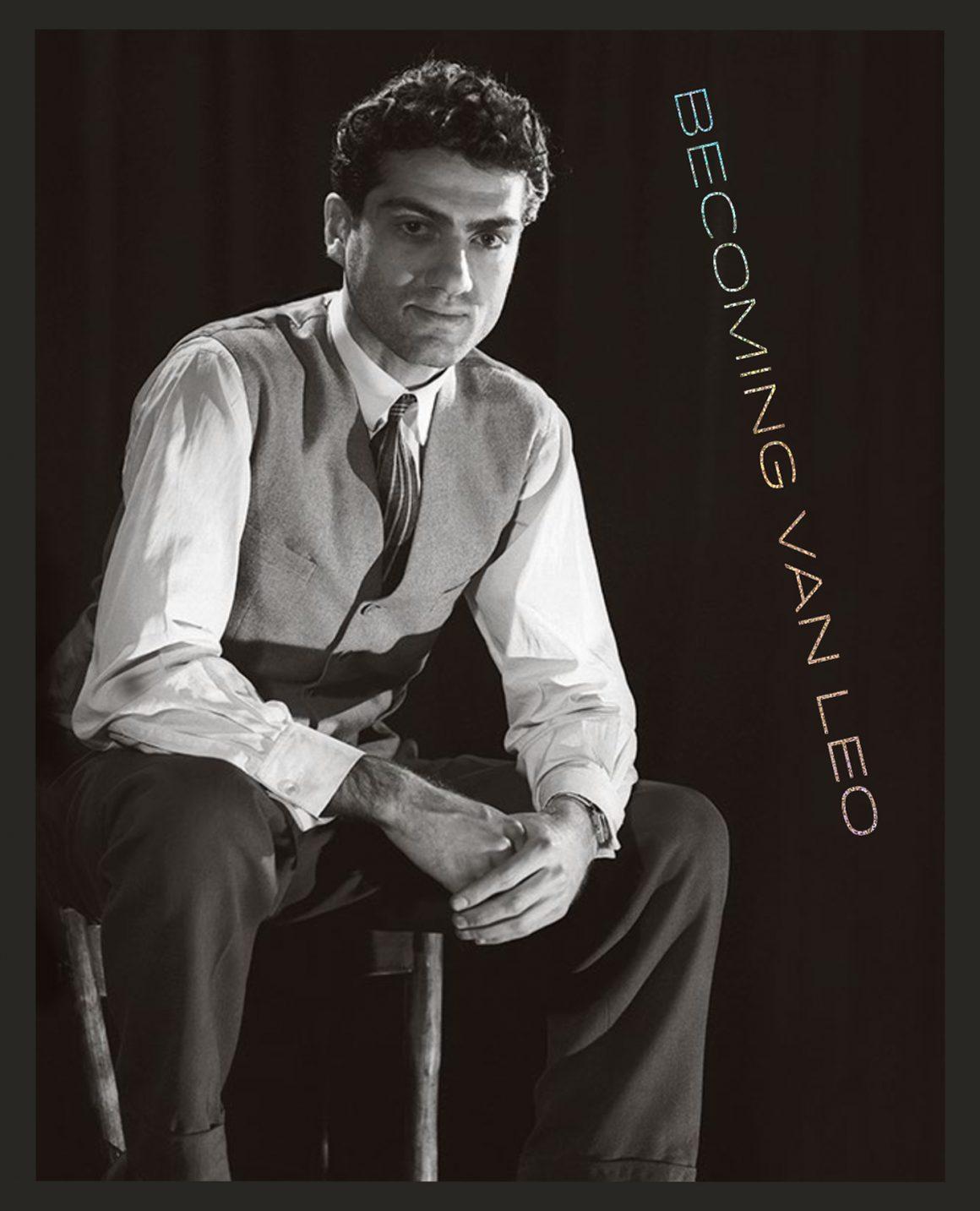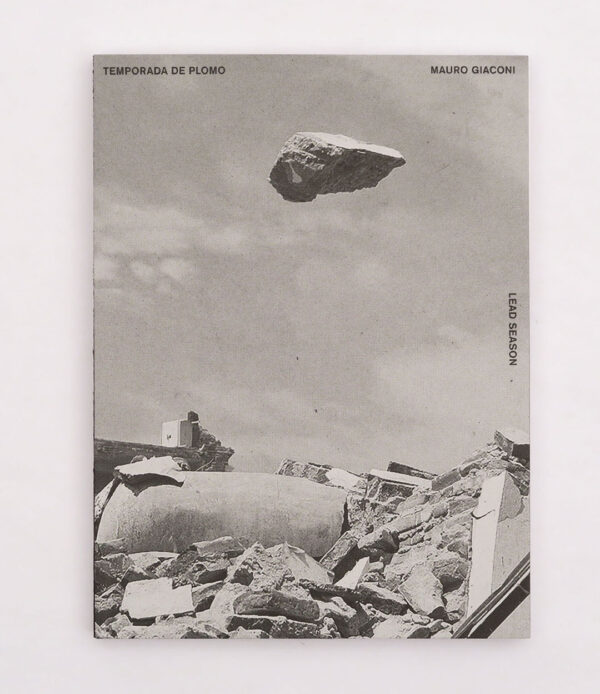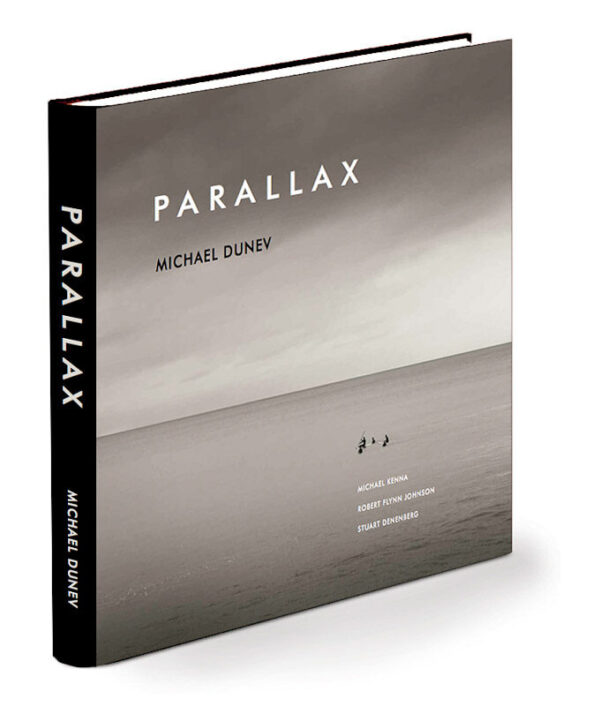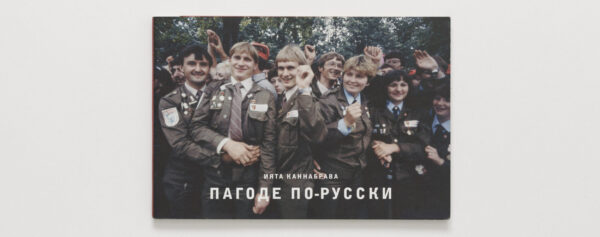The photographs in this book were taken at the height of the pandemic and show a less crowded view of the Eternal City. This anomalous scenario, in the midst of the era of mass tourism, allowed the artist to freely explore the historical legacy that shapes the current discourse of the West. Through the medium of photography, Alejandro Acosta searches the inert stones of Rome for answers to questions such as What does the West mean today, what is an empire and how is it formed, does individuality have any meaning in artistic creation when proper names disappear and only works, customs and religions remain?
ROMA21 also explores the idea of culture as an instrument of domination and political power, as well as the idea of eternity and the permanence of concepts through material means (the kenosis of a civilisation in its stones and creations). Since narcissism consists in understanding one’s own body as an object, the study of Greco-Roman sculpture is the best tool for superimposing our narcissistic time on its historical and cultural origin.
The book also includes phrases, poems and extracts from world literature relating to Rome, as well as an appendix with images of drawings, paintings and projects produced by the artist after his trip to the Italian capital.






